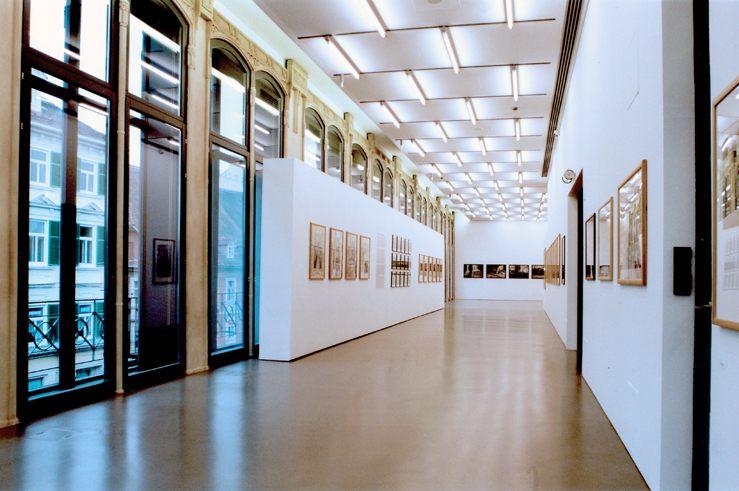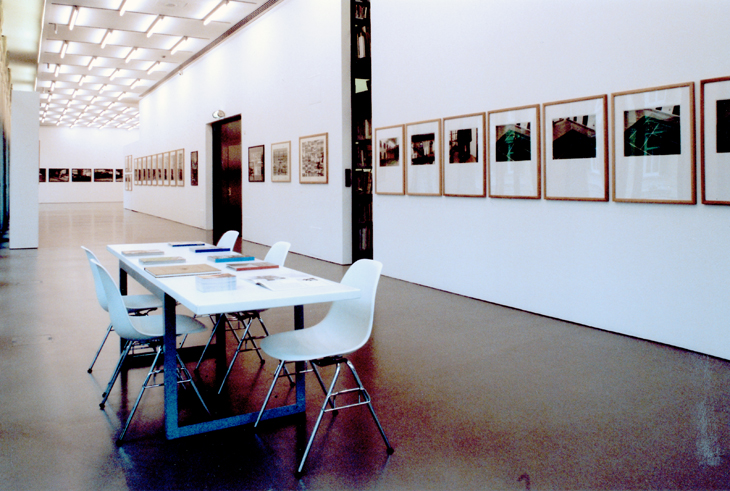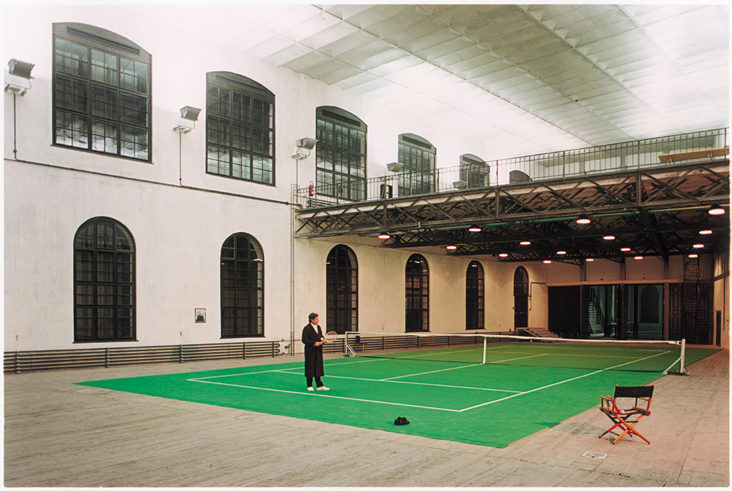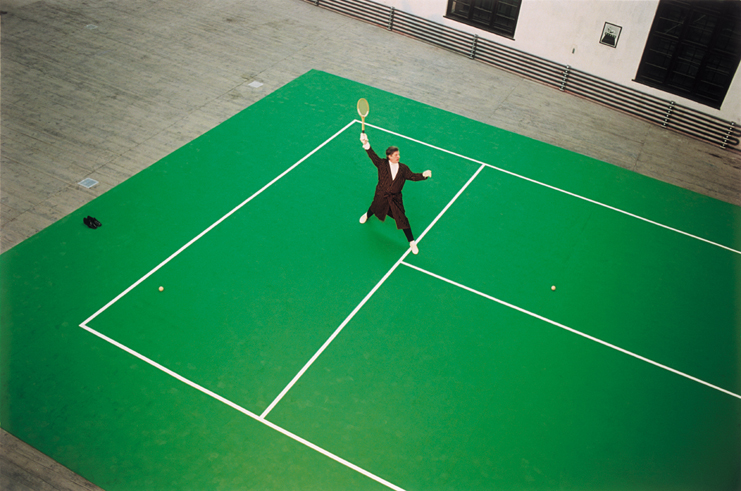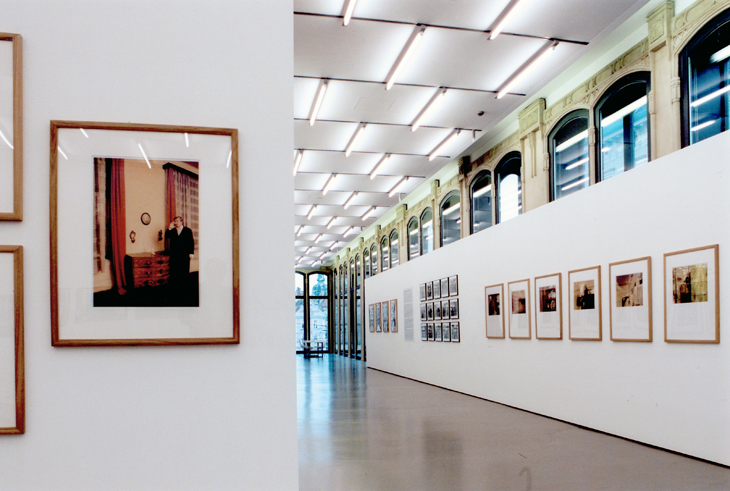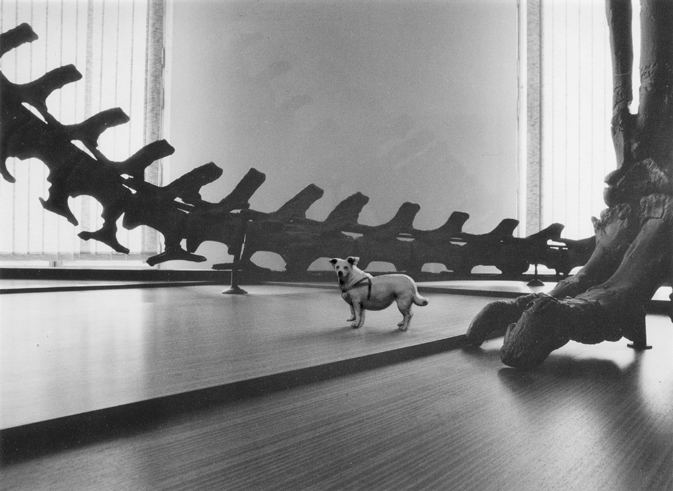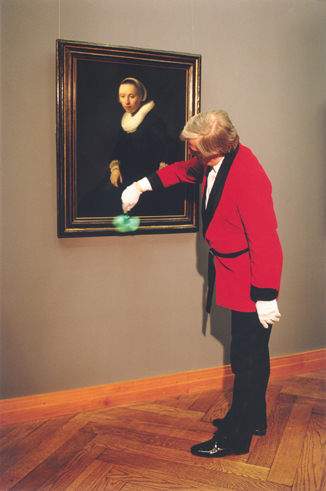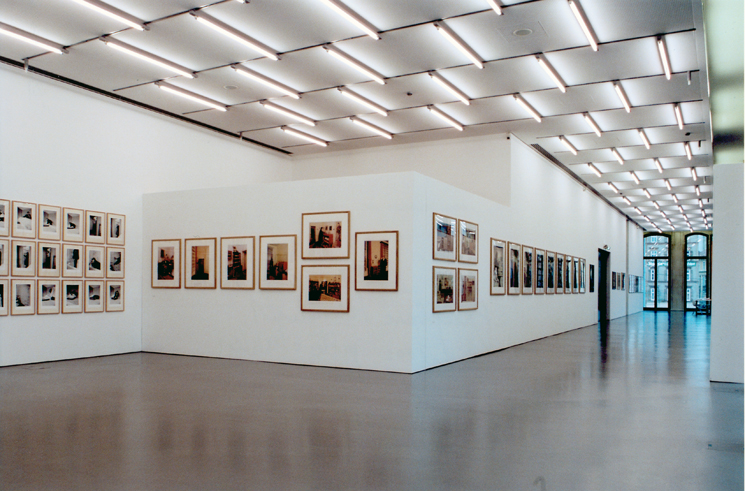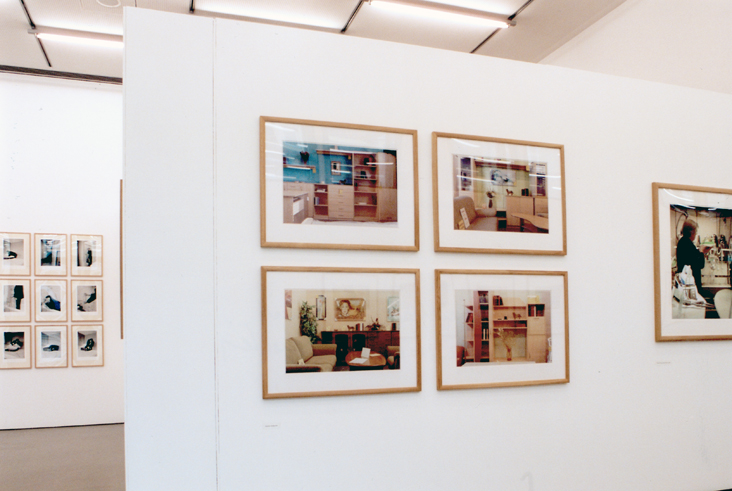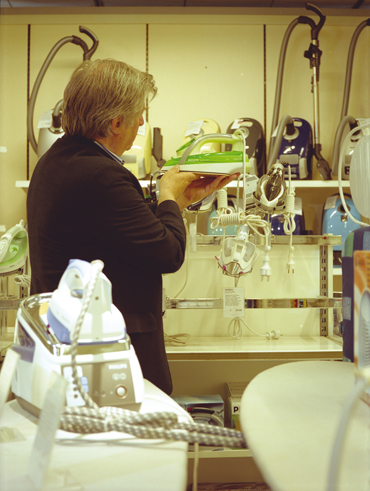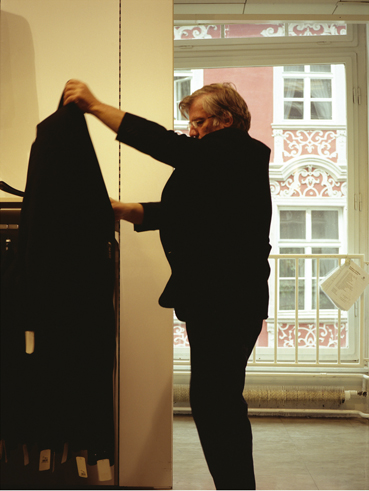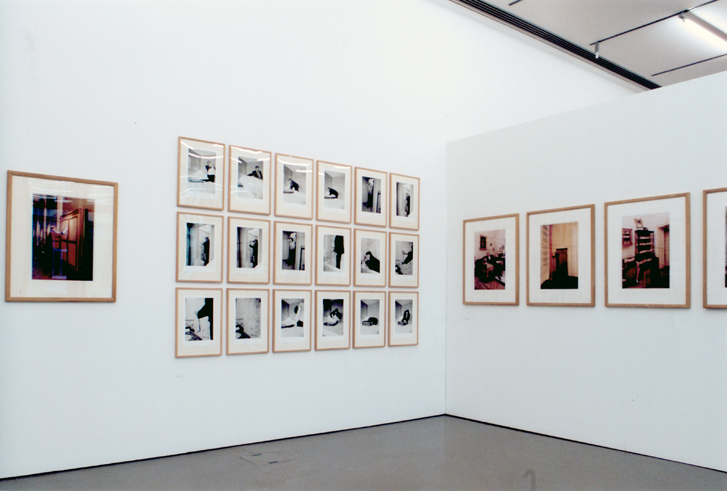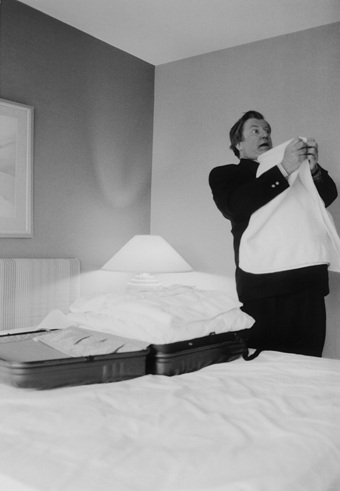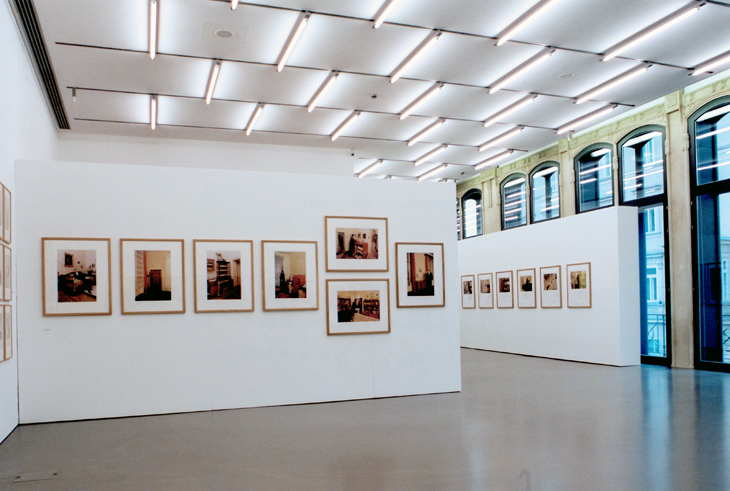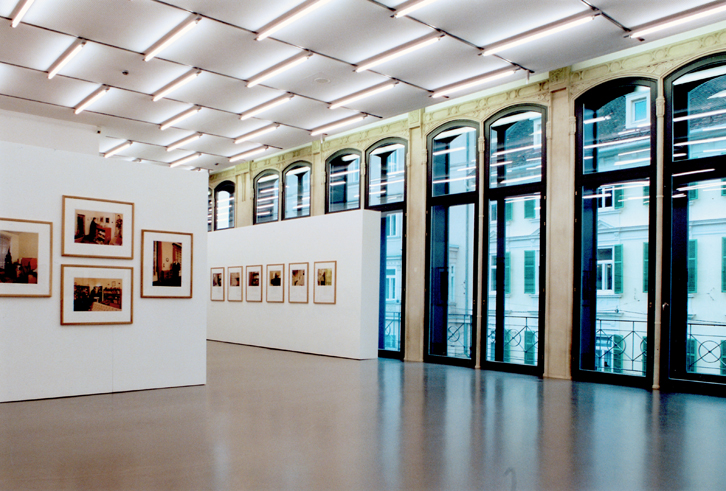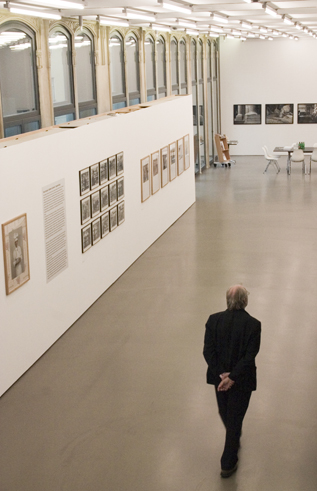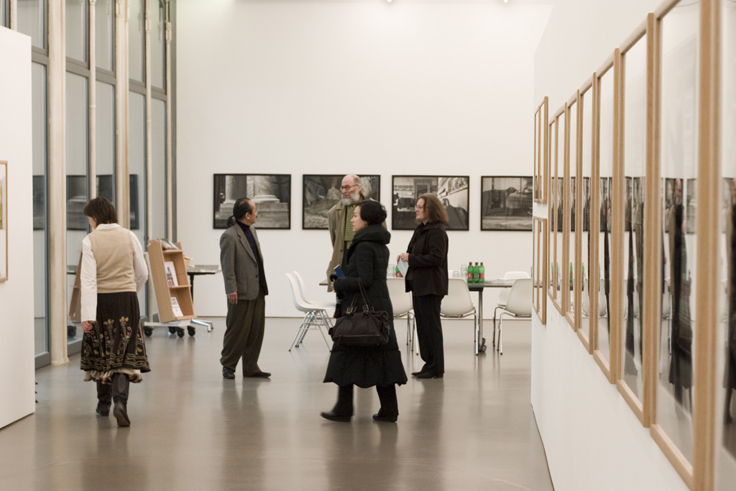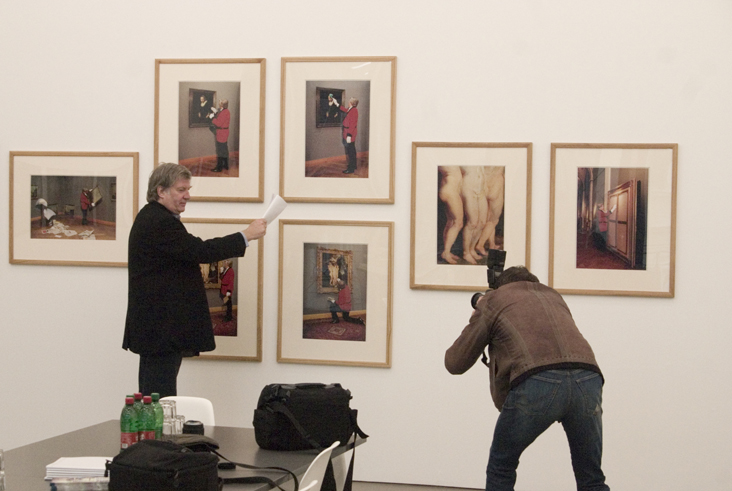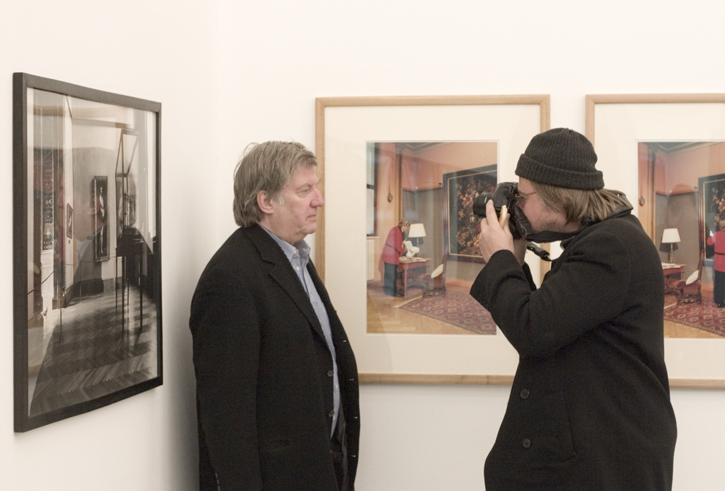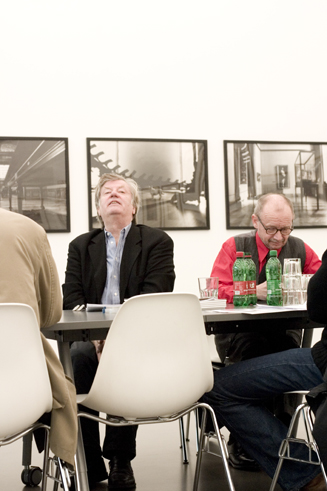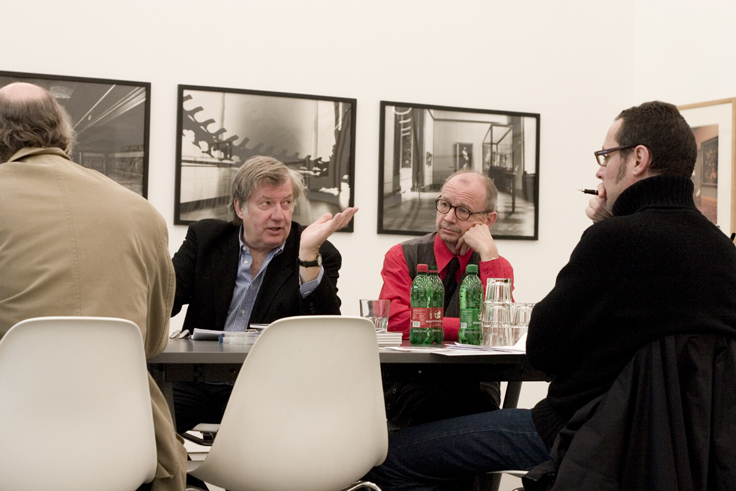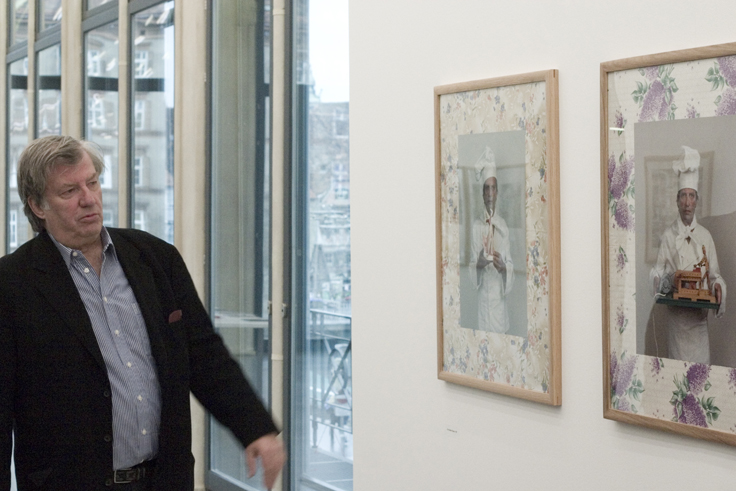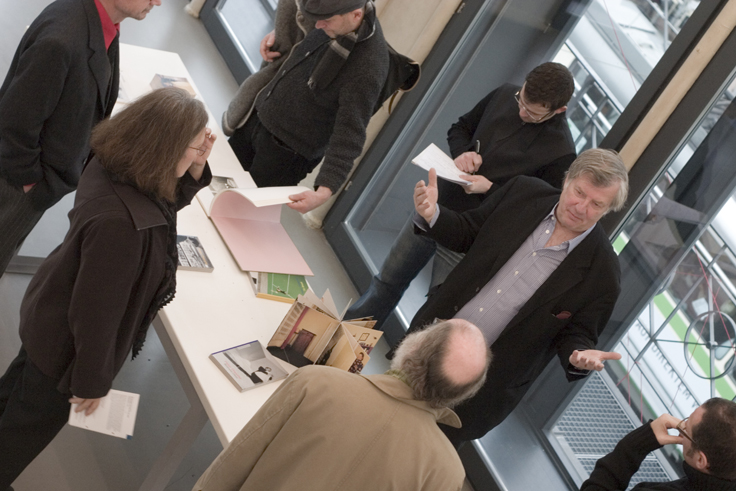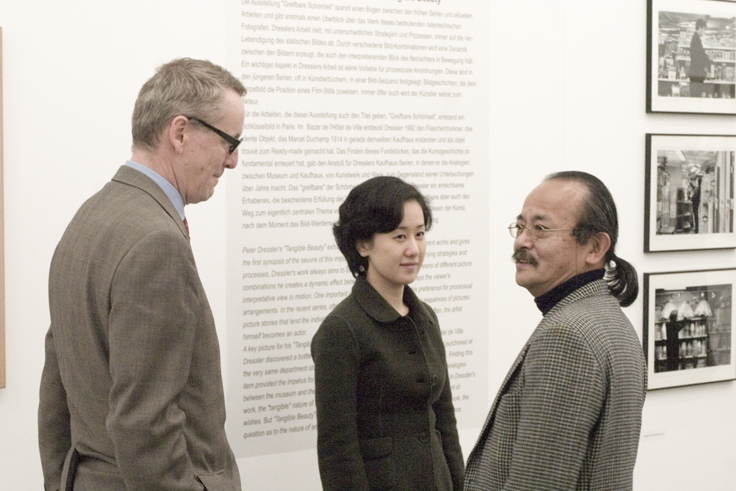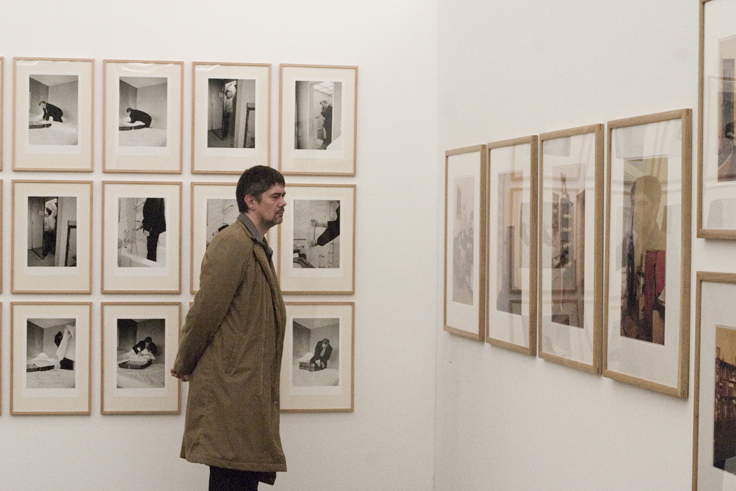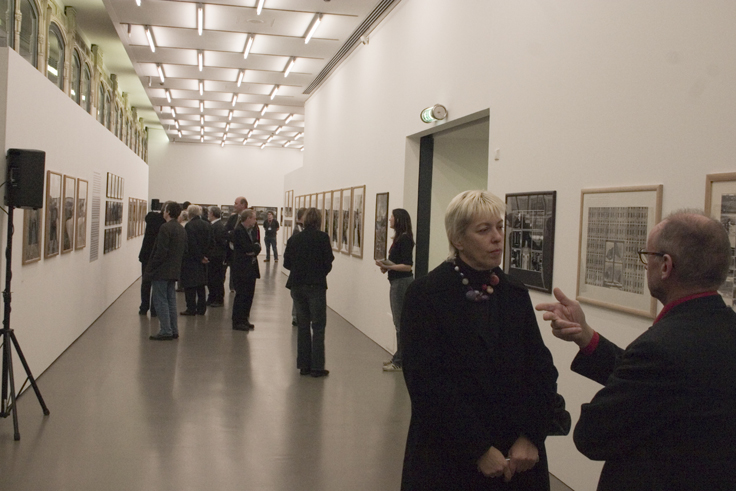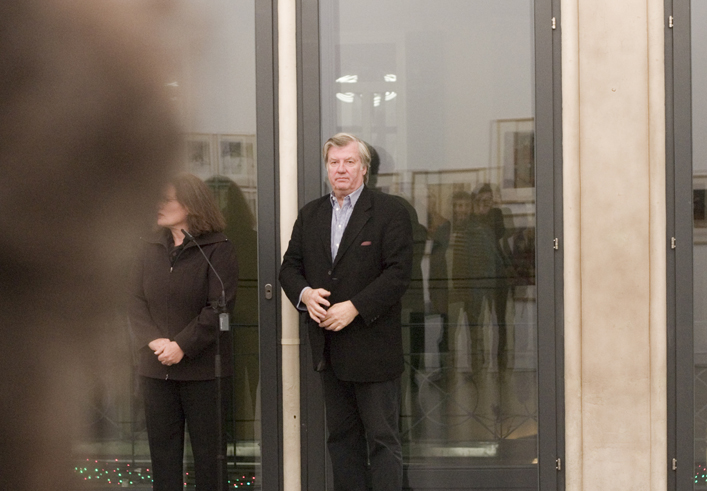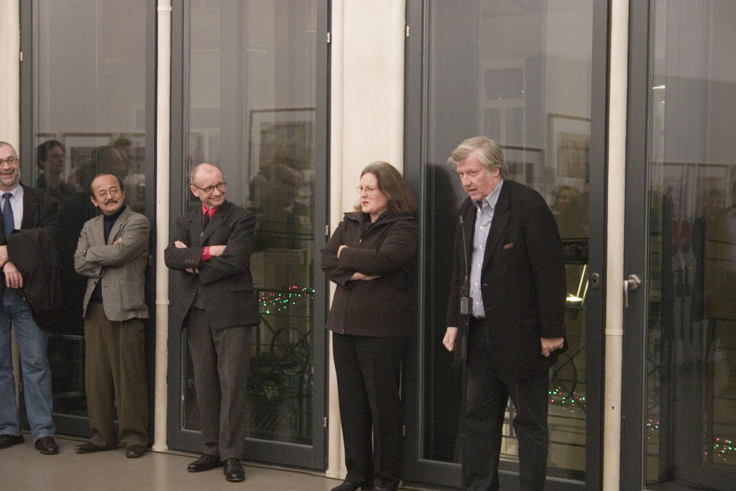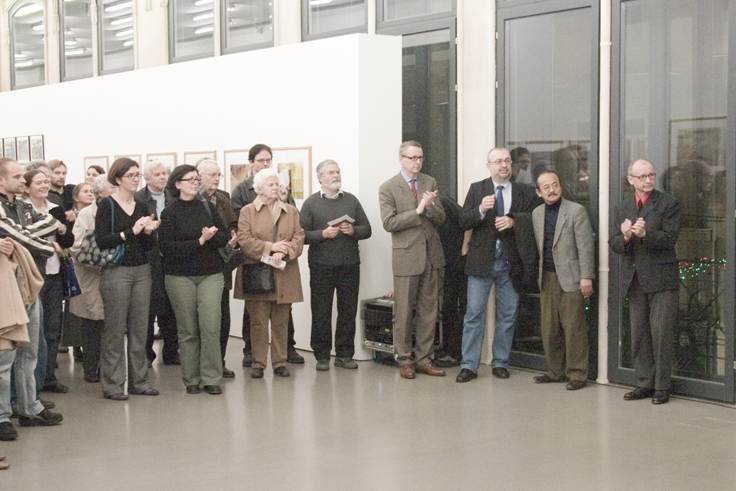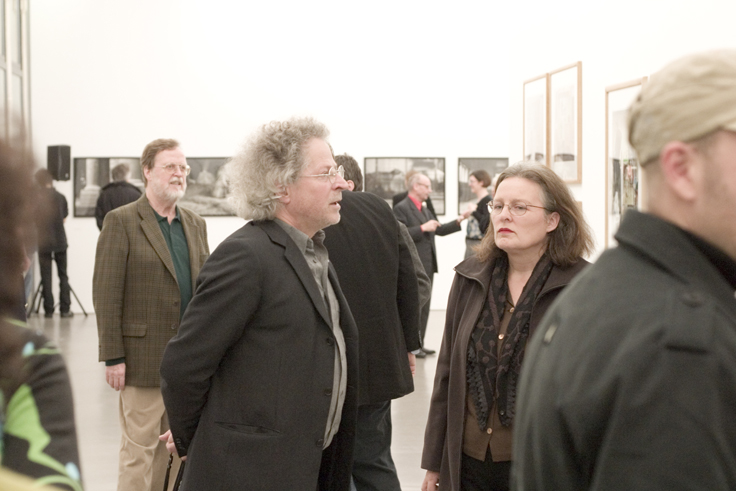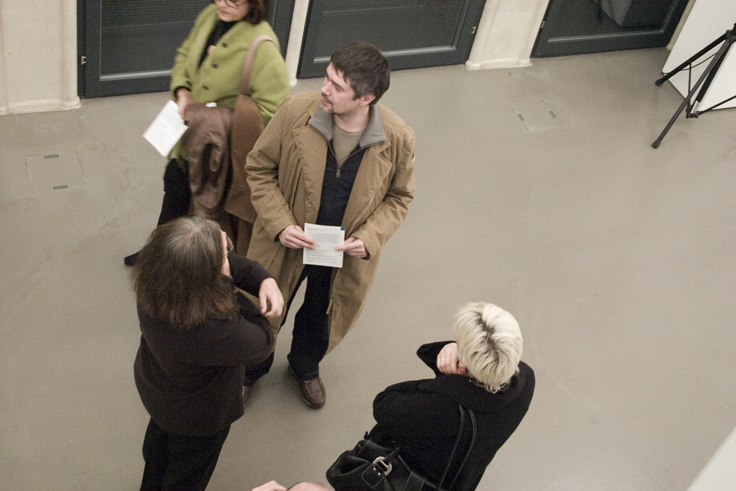Peter Dressler: Tangible Beauty
Infos
Duration
8.12.2006 – 25.2.2007
Opening
7.12.2006, 6 pm
Peter Dressler: Tangible Beauty
curated by Seiichi Furuya & Manfred Willmann
Intro
Austrian photo artist Peter Dressler has described his mode of working as an “unspectacular search for the depictability of wandering through things”. For several years now, the artist has been replacing the image series, sequences and tableaux that he has been creating since the early 70s with picture stories in which the artist himself appears. For these projects, Peter Dressler has created a series of artist’s book as the ideal form of presentation.
The title of the exhibition, “Tangible Beauty” refers to a group of works in which the artist examines the display of goods in department stores, where he sets out here to grasp the enactment of beauty through which things and commodities become objects of our desire. For the first time, the exhibition “Tangible Beauty” presents a synopsis of the image series and artist?s books by this important Austrian photo artist.
Peter Dressler: Tangible Beauty
The ”Tangible Beauty” exhibition ranges from the early series to current works and gives the first synopsis of the oeuvre of the important Austrian photographer Peter Dressler. With varying strategies and processes, Dressler’s work always aims to bring to life the static picture; photographs as individual images rarely remain reduced to their purely descriptive quality. By means of different picture/picture combinations he create a dynamic effect between the images that also keeps the viewer’s interpretative view in motion. One important aspect in Dressler’s work is his preference for processual arrangements. In the recent series, often in artist’s books, these are set out in sequences of pictures: picture stories that lend the individual picture the status of a film still. Increasingly often, the artist himself becomes an actor. However, Dressler does not perform his own state of being, does not stage himself in narcissistic self-mirroring, his artistic gesture – despite the fixation on his person – consists in retaining the figure, the role, and not insisting on the identity of the self and the artistic product.
The artist’s intervention in the picture – symbolically with his name in the early work ”Montreal 1976”, or as an actual figure in one of the picture stories of the last decade – is at the same time an intervention in the picture reality. It overdraws the significance of everyday things on which the actor focuses his view (”Tangible Beauty”, ”Lasting Values”) or that he presents explicitly, as in ”Rather Rare Recipes”. In doing so, Dressler always moves through found spaces: the picture gallery, the department store, the hotel room, that he comes to use by chance or which he is tempted to use temporarily on impulse – the spaces are never designed as a stage set.
A key picture for his ”Tangible Beauty” series – which is also the title of the exhibition – he created in Paris: at the Bazar de l’Hôtel de Ville Dressler discovered a bottle-drier in 1992, the identical object that Marcel Duchamp had purchased at the very same department store in 1914 and turned into a ready-made as an objet trouvé. Finding this item, that had brought such profound renewal in the history of art, provided the impetus for Dressler’s department store series, in which for years he focuses on analogies between the museum and the department store, between the art work and the commodity. In Dressler’s work, the ”tangible” nature of beauty in the department store implies an attainable sublimeness, the modest fulfilment of wishes, it addresses the haptic/visual appropriation of things rather than criticism of consumerist behaviour, shopping frenzy and the fetishisation of the commodity. But ”Tangible Beauty” also points the way to the actual central theme of Dressler’s work, the question as to the nature of art, the moment of becoming image, the actual aesthetic experience.


